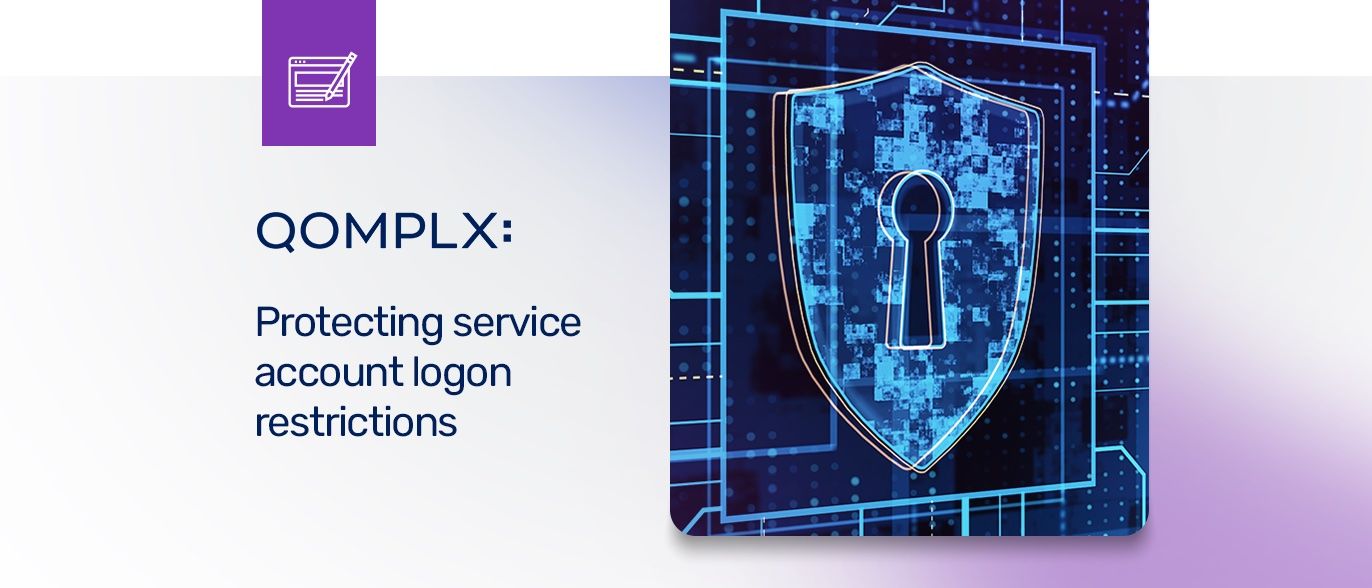A password spray attack works by attempting to log into a large number of accounts using a small number of commonly used passwords. The attacker will first identify a list of target accounts and then try to log into each account using a small number of passwords that are known to be commonly used. If an account is found to have a weak password, the attacker will then have access to sensitive information, such as personal and financial information, that can be used for malicious purposes.
How to reduce the effectiveness of password spray attacks
Use strong passwords: The strongest passwords are those that are long and complex, using a mix of upper and lowercase letters, numbers, and special characters. Avoid using easily guessable information, such as birthdays or names.
- Enable Multi-Factor Authentication: Adding an extra layer of security, such as a security token or biometric authentication, can significantly reduce the risk of a successful password spray attack.
- Regularly change passwords: Regularly changing your passwords can prevent attackers from being able to use previously stolen credentials.
- Monitor login attempts: Keeping an eye on login attempts can alert you to a potential attack and give you an opportunity to take action.
- Stay up-to-date with cybersecurity best practices: Regularly educate yourself on the latest cybersecurity best practices to stay ahead of emerging threats.
Conclusion
In conclusion, password spray attacks are a growing threat to cybersecurity and it is important to take steps to protect yourself and your organization. By using strong passwords, enabling multi-factor authentication, regularly changing passwords, monitoring login attempts, and staying up-to-date with cybersecurity best practices, you can reduce the risk of a successful attack.





